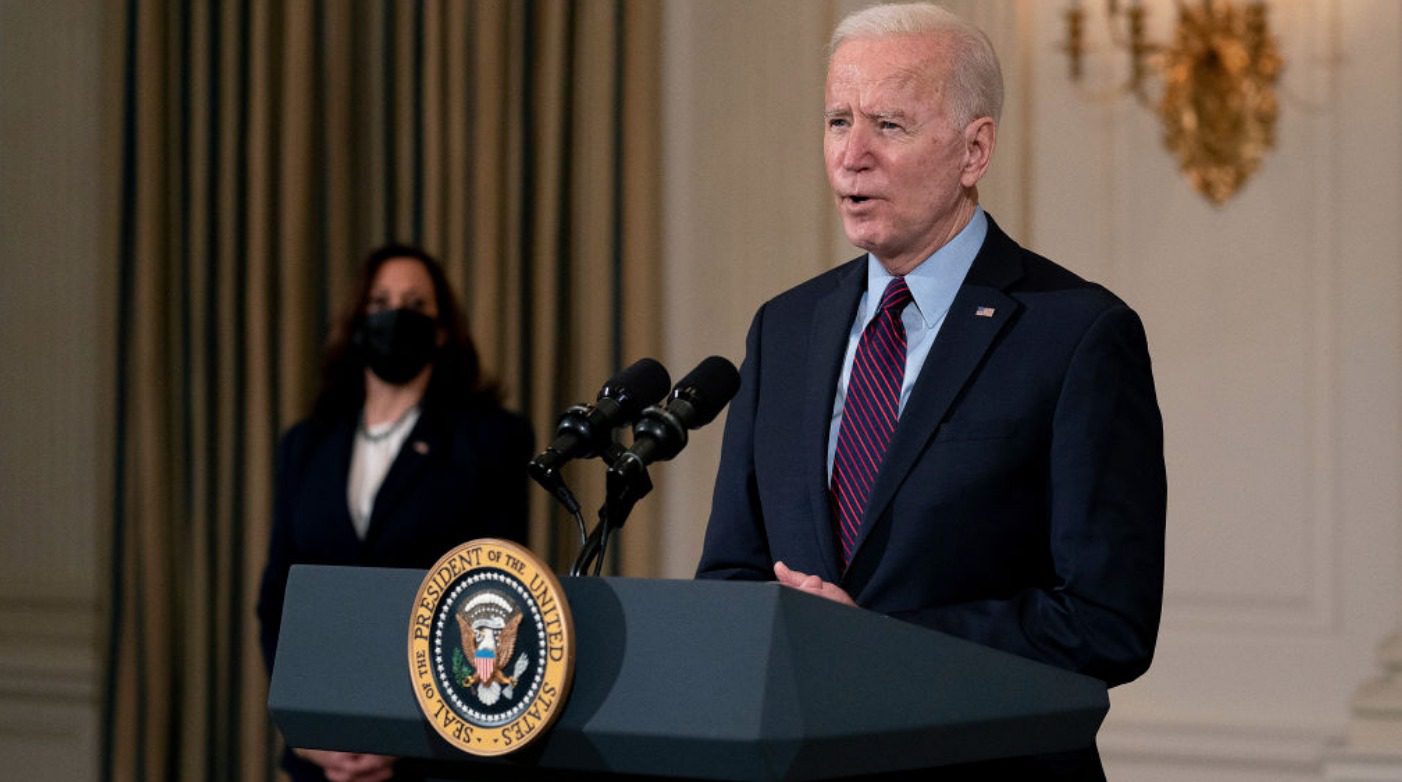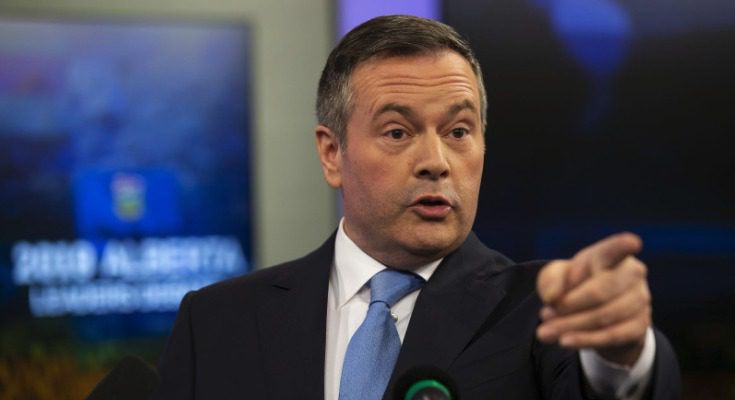Will it ever be possible to determine the overall cost of COVID-19?
Two Harvard University economists, David Cutler and former U.S. Treasury Secretary Lawrence Summers, suggested the overall price tag for their country could reach an eye-popping $16 trillion (USD). In their joint Oct. 12, 2020 piece for the Journal of the American Medical Association, they noted these costs would "far exceed those associated with conventional recessions and the Iraq War, and are similar to those associated with global climate change."
How did Cutler and Summers arrive at this figure? They included the Congressional Budget Office's $7.6 trillion projection in lost output for the next ten years, and combined it with economic calculations for "death and reduced quality of life." While the two authors acknowledged "putting a value on a given human life is impossible," they wrote that "economists have developed the technique of valuing 'statistical lives'; that is, measuring how much it is worth to people to reduce their risk of mortality or morbidity."
If we accept these findings for the U.S. economy, then the cost of COVID-19 on an international scale could theoretically reach into the quadrillions or quintillions.
Maybe our childhood dreams of using Monopoly money as a legal currency will finally come to fruition. Either that, or we had better maintain vivid imaginations when it comes to the actual value of the Canadian dollar and other international currencies.
In all seriousness, putting a final price tag on COVID-19 seems like an impossible task.
Some components will be readily accessible. This includes aspects of government spending, emergency relief measures, housing prices, travel and tourism, individual savings, and personal and corporate loss. Other intangibles will be almost impossible to calculate. This will include estimated productivity, loss of unrealized capital and profit, reduced sales due to limitations with in-person shopping, and business opportunities that weren't realized and/or never materialized.
There's also the high personal cost for our health, safety and well-being. As mentioned above, these factors can be theoretically determined in dollars and cents by valuing statistical lives. But let's be frank: no price tag could ever properly account for the vast amount of illnesses, hospitalizations and deaths we've witnessed during this global pandemic.
The numbers, both real and assumed, are staggering and incomprehensible. Governments will try to recoup some money by implementing different economic strategies: higher income taxes for individuals and corporations, wealth tax, subtle adjustments to carbon pricing and excise taxes, issuing new government bonds and savings accounts, and so forth. There will also be a strong push for all of us to spend more money on houses, cars, gifts, existing and start-up businesses, vacations, and domestic goods and services to get the economy chugging along at a much faster pace.
Don't be surprised if a portion of this gargantuan financial burden gets pushed into a deep, dark and imaginary corner at an exceedingly low interest rate for an extended period of time, either. It may be the only feasible way to get the debt monster under control. Time will tell.
For now, COVID-19 spending continues to skyrocket. It's also led to some unusual scenes and images that few could have ever foreseen.
Here's an example.
The U.S. Senate recently passed President Joe Biden's massive $1.9 trillion (USD) coronavirus relief fund along party lines (50-49). Many Americans will receive a direct payment of $1,400. There will also be unemployment benefits of $300/week, a child tax credit, $45 billion in rental, utility and mortgage assistance and $14 billion for COVID-19 vaccine distribution, among other things.
Our neighbours to the south, as you may recall, also passed former President Donald Trump's $2.2 trillion stimulus package to deal with the initial effects of COVID-19 last March.
This means the last two presidential administrations have approved over $4 trillion in taxpayer funds to help individuals and businesses survive during these difficult times. That's a pretty sobering thought.
Yet, there are several photos of Democratic Senate majority leader Chuck Schumer celebrating the passage of this relief fund with his fists in the air. Excuse me? Spending an enormous amount of taxpayer money, and dividing the Congress and country, are reasons to be euphoric? I'm afraid not.
House Representative Sean Patrick Maloney, chair of the Democratic Congressional Campaign Committee, also piped in to say, "we should shout it from the rooftops that we are passing historic legislation that will reboot the economy and end the pandemic." Oh, really? Not only will most of this money be added to the ballooning debt, the economic fortunes of Americans won't be improved with a single $1,400 cheque. Maybe the sewers, rather than the rooftops, is where all this shouting should take place.
Maybe it's best that we never know what COVID-19 will ultimately cost. There are only so many zeroes that our hearts, heads and blood pressures can take.
Photo Credit: CGTN








